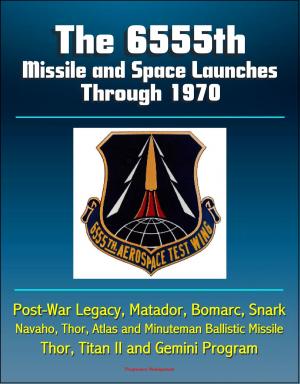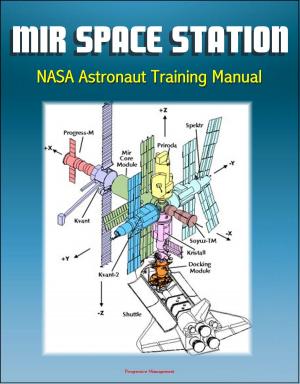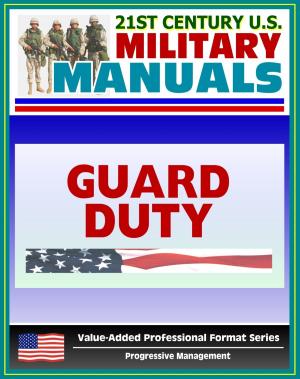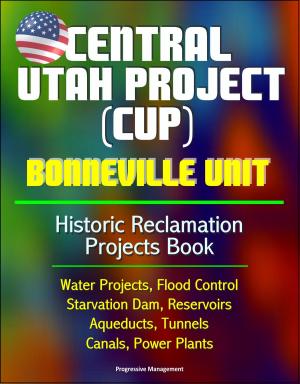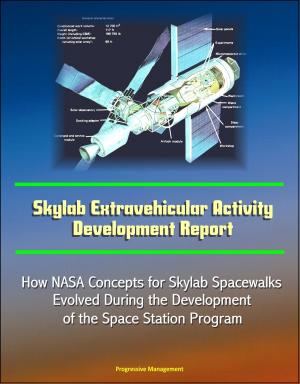The History of the XV-15 Tilt Rotor Research Aircraft: From Concept to Flight - XV-3 Program, Stability Issues, Army and Navy Participation, VTOL, Flight Research Incidents and Crash, V-22 Osprey
Nonfiction, Science & Nature, Technology, Aeronautics & Astronautics, History, Military, Aviation| Author: | Progressive Management | ISBN: | 9781311471192 |
| Publisher: | Progressive Management | Publication: | May 4, 2015 |
| Imprint: | Smashwords Edition | Language: | English |
| Author: | Progressive Management |
| ISBN: | 9781311471192 |
| Publisher: | Progressive Management |
| Publication: | May 4, 2015 |
| Imprint: | Smashwords Edition |
| Language: | English |
Professionally converted for accurate flowing-text e-book format reproduction, this wonderful NASA history document tells the story of the successful development of the tilt rotor aircraft, which is not just about technology, but also about the efforts of many capable people who dedicated themselves to what they believed would be an important advancement in aviation. The tasks proved to be technically challenging and involved both high financial and safety risks.
List of Acronyms * Introduction * Early Efforts * XV-3 Program * NASA-Army Cooperation * Building the Technology Base * Tilt Rotor Research Aircraft Project Office * Aircraft Development * Navy Participation * Flight Envelope Expansion * Flight Research Incidents * Paris Air Show * Evaluations and Demonstrations * Crash * The End of an Era * XV-15 Project Summary * Epilogue * Appendix A * Aircraft Descriptions * Appendix B * Key Personnel * Appendix C * Chronology * Appendix D * Awards and Records * Appendix E * Photo Gallery * Appendix F * Bibliography of Tilt Rotor Related Publications * Footnotes
The XV-15 tilt rotor research aircraft program resulted in part from earlier investigations by the U.S. military seeking new and more efficient concepts for air support of field operations. The XV-3 tilt rotor emerged from the Army/Air Force convertiplane program of the 50s as a strong contender. However, it faced significant stability problems that discouraged many supporters and threatened to swamp the program. The program was continued by those in industry and Government who believed in the concept and its potential, and were willing to risk their investment. They were rewarded by the discovery of new techniques and the incorporation of new materials technology that made it possible to propose the XV-15 tilt rotor research aircraft project. It was my privilege to successfully advocate Army participation in the program with both funding and personnel. The unique aspects and synergistic values of the Army AARL/AMRDL-NASA interagency participation made this possible. It demonstrated the value of sharing resources in direct partnership toward common goals. Although not yet integrated into Army field strategies, the tilt rotor aircraft holds significant potential for consideration in future missions. The Marine V-22 Osprey demonstrates the rewards of the investment of defense dollars in the tilt rotor research aircraft project. There likely will be more.
Professionally converted for accurate flowing-text e-book format reproduction, this wonderful NASA history document tells the story of the successful development of the tilt rotor aircraft, which is not just about technology, but also about the efforts of many capable people who dedicated themselves to what they believed would be an important advancement in aviation. The tasks proved to be technically challenging and involved both high financial and safety risks.
List of Acronyms * Introduction * Early Efforts * XV-3 Program * NASA-Army Cooperation * Building the Technology Base * Tilt Rotor Research Aircraft Project Office * Aircraft Development * Navy Participation * Flight Envelope Expansion * Flight Research Incidents * Paris Air Show * Evaluations and Demonstrations * Crash * The End of an Era * XV-15 Project Summary * Epilogue * Appendix A * Aircraft Descriptions * Appendix B * Key Personnel * Appendix C * Chronology * Appendix D * Awards and Records * Appendix E * Photo Gallery * Appendix F * Bibliography of Tilt Rotor Related Publications * Footnotes
The XV-15 tilt rotor research aircraft program resulted in part from earlier investigations by the U.S. military seeking new and more efficient concepts for air support of field operations. The XV-3 tilt rotor emerged from the Army/Air Force convertiplane program of the 50s as a strong contender. However, it faced significant stability problems that discouraged many supporters and threatened to swamp the program. The program was continued by those in industry and Government who believed in the concept and its potential, and were willing to risk their investment. They were rewarded by the discovery of new techniques and the incorporation of new materials technology that made it possible to propose the XV-15 tilt rotor research aircraft project. It was my privilege to successfully advocate Army participation in the program with both funding and personnel. The unique aspects and synergistic values of the Army AARL/AMRDL-NASA interagency participation made this possible. It demonstrated the value of sharing resources in direct partnership toward common goals. Although not yet integrated into Army field strategies, the tilt rotor aircraft holds significant potential for consideration in future missions. The Marine V-22 Osprey demonstrates the rewards of the investment of defense dollars in the tilt rotor research aircraft project. There likely will be more.


